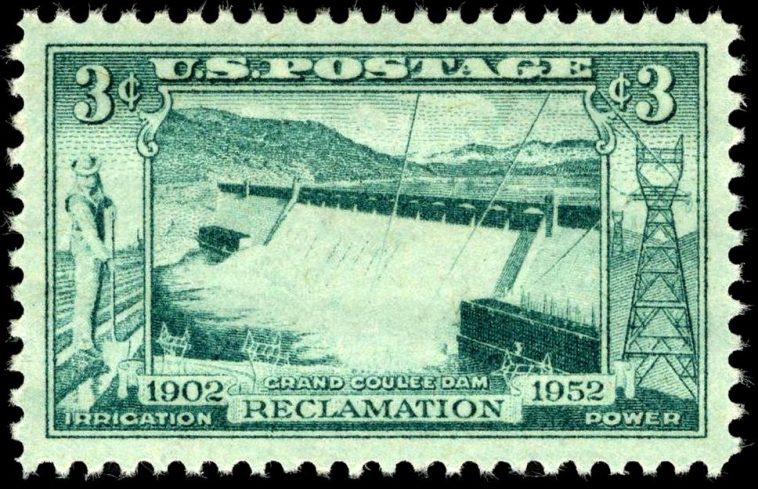The Apostrophe Blog
In April 2019, one of my poems was part of an exhibit at Gallery One in Ellensburg, Washington called Double Vision: An Exhibition of Image & Word. It featured photographs curated by Zemie Barr from Portland’s Blue Sky Center for Photographic Arts paired with poems from Inland Poetry poets. Poets were “assigned” a photograph and then asked to write a poem “in response” to whatever the photographic image conjured up. My assigned photo was Lucas DeShazer’s photograph of a mural on the Tee Pee Drive-in located in Grand Coulee, Washington. It was called “Untitled 3.”
Just what is ekphrastic poetry? At the Poetry Foundation, ekphrasis, from the Greek, is defined as “description.” Here’s the additional skinny: “An ekphrastic poem is a vivid description of a scene or, more commonly, a work of art. Through the imaginative act of narrating and reflecting on the “action” of a painting or sculpture, the poet may amplify and expand its meaning.”
In 2019, the Inland Poetry Prowl was all about celebrating Sylvia Plath; in fact, the entire event was christened Sylvia’s Tulips. So where better to start one’s ekphrastic poem than a line from Ms. Plath herself? I stared long and hard at Mr. DeShazer’s image of that (now defunct) drive-in restaurant and tried to find a way to enter its imagery. The mind tends to leap and roam when confronted with something as concrete as a photograph. But there was an eagle. And (luckily?) Sylvia had a poem that included the line “Let this eye be an eagle” so one thing led to another and, before long, I was crafting something of a critique of the whole dam-building, nature-and-indigenous-people-displacing project that has, far too often, been the modus operandi of the American West.
My poem in tercets, “Learning to See,” is currently out for consideration for publication in a number of journals so I can’t reproduce it in its entirety here. Just to give you an idea of how a drive-in diner can mesh with high-falutin’ poetry, below is a sample stanza from roughly the middle of the poem and, as you will see, I have taken Sylvia’s line and turned it around:
Let this eagle be an eye.
Let it strain to piercingly stare—down, at, into then across
The ravine of a bottomland, breached.
- Greetings from War-Ravaged Portland! - October 5, 2025
- Publication Day: America’s Slide Towards Authoritarianism from IHRAM Press - October 1, 2025
- Autumnal Equinox & the Diminishing Hours of Light… - September 26, 2025


